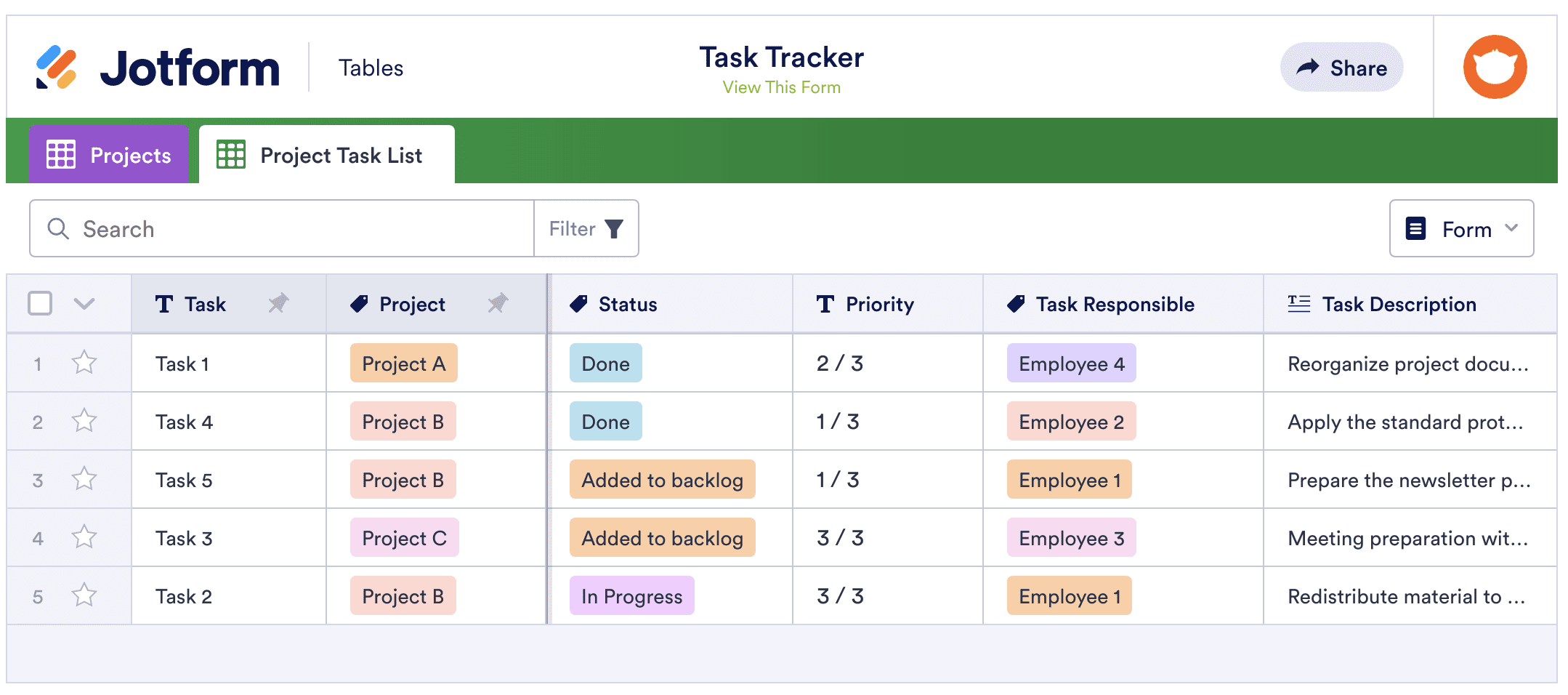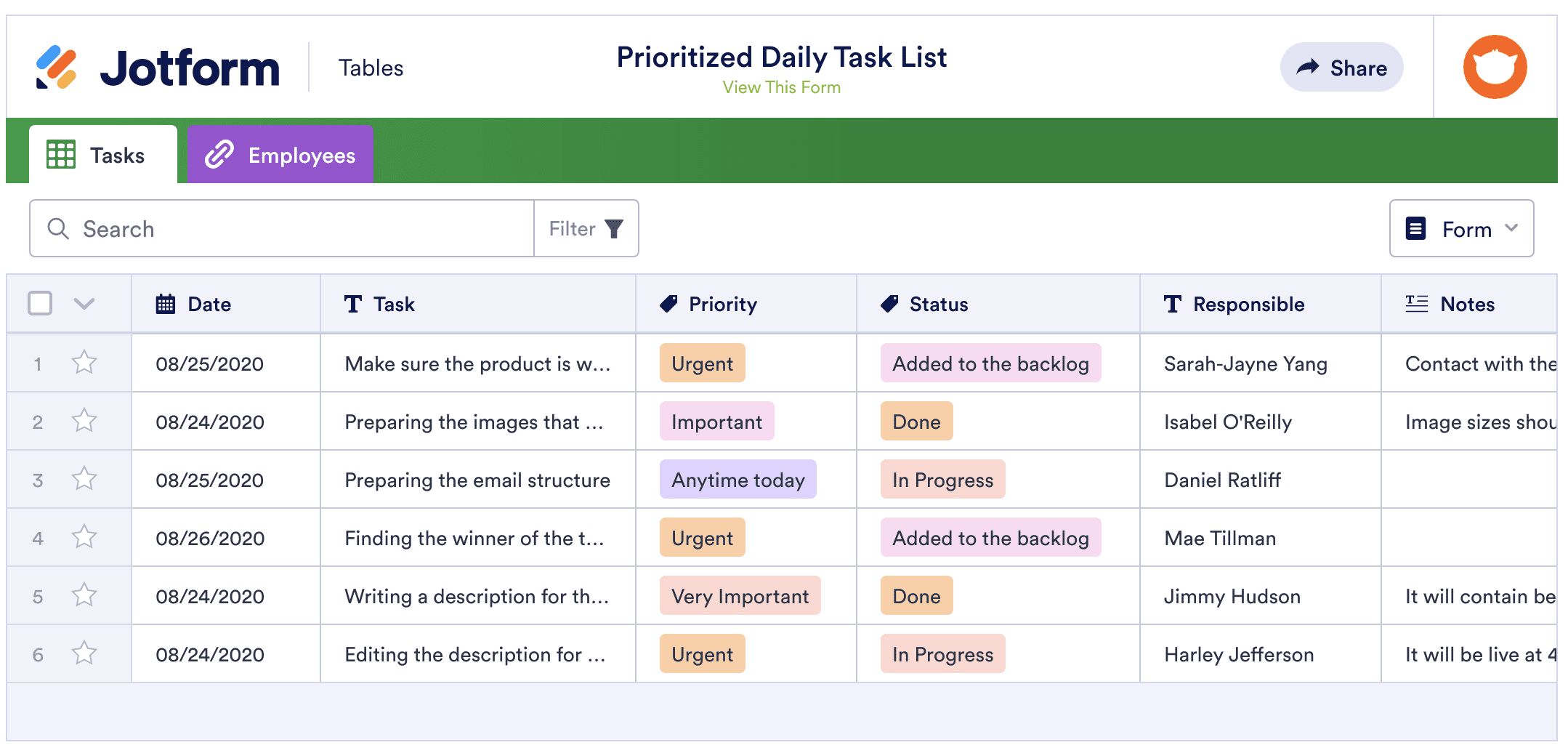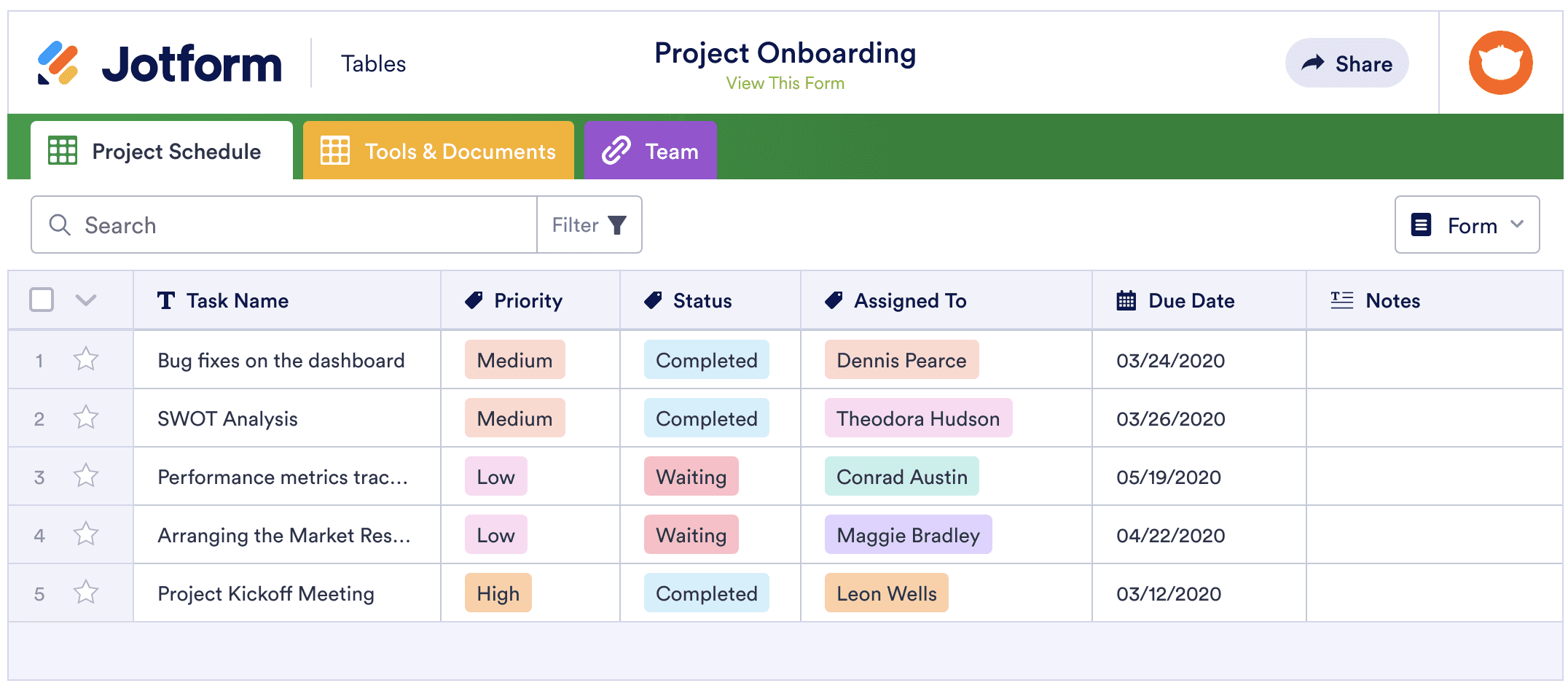As any good manager knows, your team is only as functional as the time and effort you put into helping them achieve their goals. You can hire the most competent employees on the market, but if you don’t give them proper instructions and guidance about how to do their jobs, they may get overwhelmed or confused. If your team is having trouble staying on track and prioritizing, it may be time to reevaluate how you’re delegating tasks.
A recent Gallup poll revealed that about 50 percent of employees aren’t sure what their employers expect of them at work. That statistic should be startling to managers, especially if you’re not confident that your employees are being productive each day.
Even if they seem to be on track, they might not want to admit they need help managing their workload. Plus, how can you know they’re giving the proper time and attention to the tasks that matter most to the team?
It’s likely that your team could benefit from a better way to organize work. Luckily there are easy steps you can take to do that. Here’s how to manage team tasks to ensure your employees are completing assignments smoothly each workday.
Determine your team’s strengths and weaknesses
The first step to organizing your team’s tasks is one that many leaders often overlook. As a manager, you need to acknowledge what each person on your team does best. Unless all team members have completely equal skills (which is very rare), you most likely have certain employees you’d give specific jobs to and not others.
Here’s an example: Imagine you randomly assigned tasks to each employee on your team to keep things fair. You end up tasking Joe, who is great at crunching numbers and creating spreadsheets, with presenting the team’s third quarter achievements at the company meeting. Stacey, who is a natural public speaker, is randomly stuck doing data input. Joe might take an extra two hours to prepare his presentation, while Stacey could have naturally shared the team’s achievements off the cuff.
It might seem obvious that assigning the wrong people to the wrong tasks will cut into your team’s productivity, but it will also affect your employees’ overall job satisfaction. As a manager, you may find it helpful to assess each employee’s strengths and weaknesses each quarter — and check in with them to make sure you know which tasks make them feel the most fulfilled.
You want to get the work done quickly and efficiently, but if you’re not giving the right projects to the right people, you run the risk of not hitting your goals and losing your best teammates.
Prioritize your tasks
Managers often have a million things they want their team to achieve, but they have trouble when it comes to ordering those goals. Even if it seems like everything on the to-do list is priority one, there are only so many hours in the workday.
If you put unrealistic expectations on your employees, this will start negatively affecting employee satisfaction. To determine the priority of each task, ask the following questions:
- Will there be consequences if we don’t complete this task as soon as possible?
- Is this a task that will affect multiple aspects of the team’s work?
- Is the amount of time this task requires for completion worth the final result?
- Is this task essential for completing other tasks in the future?
You probably won’t answer “yes” to all of those questions, but that doesn’t mean the answer will be a clear no either. It may be helpful to give each task a score of one through five. Save a score of one for “absolutely yes,” five for “absolutely no,” and let the rest fall somewhere in between.
It’s important to remember that the priority of your team’s tasks can be flexible. It might help you to reevaluate the numbers you’ve assigned to each task at the beginning or end of each week to make sure things are still in proper order.
Create a timeline
If you’ve ever tried to complete a task list with an indefinite timeline, you’ve probably noticed how inefficient this can be. Certain tasks will sit on the list forever if you don’t add a bit of urgency to them.
The reason behind this is psychological, and it comes down to a concept called the Yerkes-Dodson Law. In short, it means that a person needs a certain amount of stress to hit peak productivity. However, according to the law, if that level of stress crosses a certain threshold, it will decrease performance.
When you assign a job to an employee, it’s in your best interest to give them a due date, but it’s also smart to keep it within reason. If you thoughtfully determine the amount of time needed for a task — giving just the right amount of pressure — you’ll see your team completing tasks at a healthy and productive rate.
It’s also helpful to check in with your employees on major projects to see if you need to alter your timeline. Again, it’s important to build some level of flexibility into your task management. It rarely helps the team if you set unrealistic expectations as a motivator, and it may end up doing just the opposite.
Find a task management system that works
Once you’ve outlined the essential aspects of managing your tasks, create a functional system to organize and track them. It’s easy to get overwhelmed when it comes to project management, so it’s wise to find a system that won’t create any extra, unnecessary work for your employees.
Not every team will benefit from a complicated project board with dozens of columns to update, so it’s up to you to decide what works best for the majority. If you’re looking for a free option to test the waters, Jotform offers a great way to manage team tasks with Jotform Tables.
Starting with the employee task list template, add all of your employees and their tasks to one easy-to-use table. From there, you can manage deadlines and priorities and even monitor the progress of each project.
The table template is customizable, so you can color code your tasks by employee name, priority level, status, or any other label that works for your team. After you create your table, each employee can access the spreadsheet at any time and provide status updates through the intuitive dropdown feature. It won’t be long before your team is breezing through their to-do list and getting ready to take on their next big project.
























Send Comment: